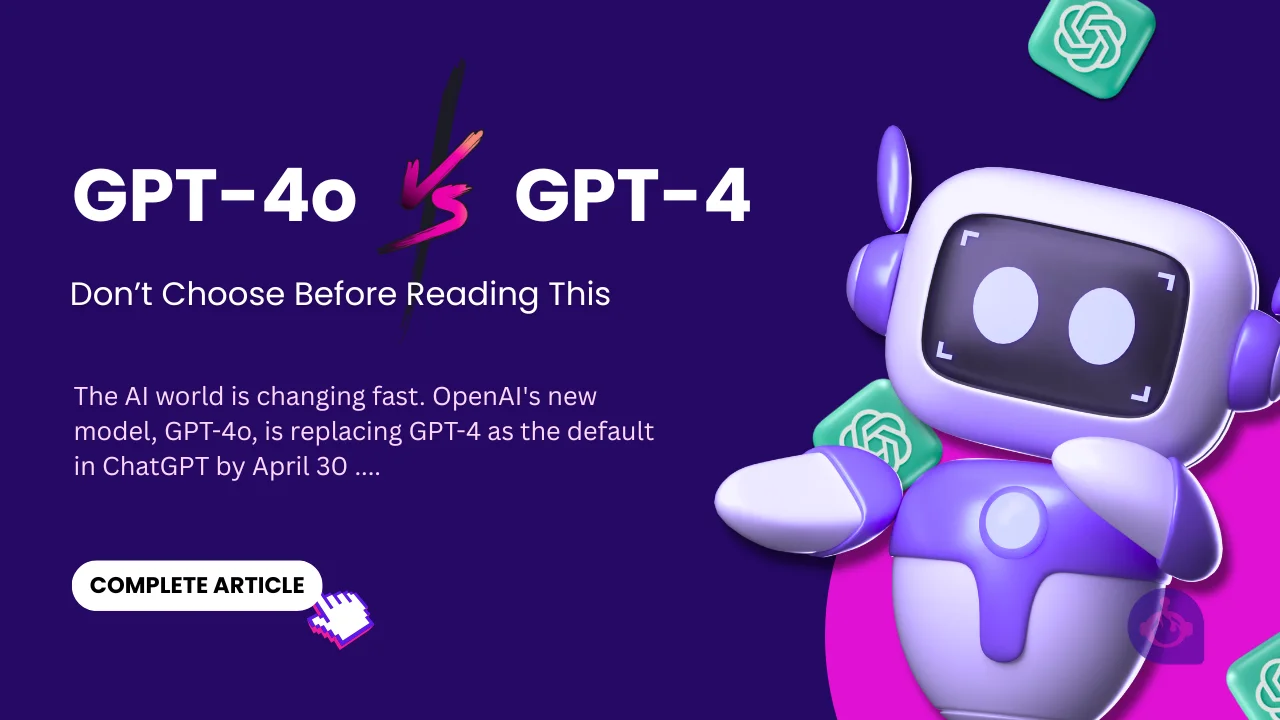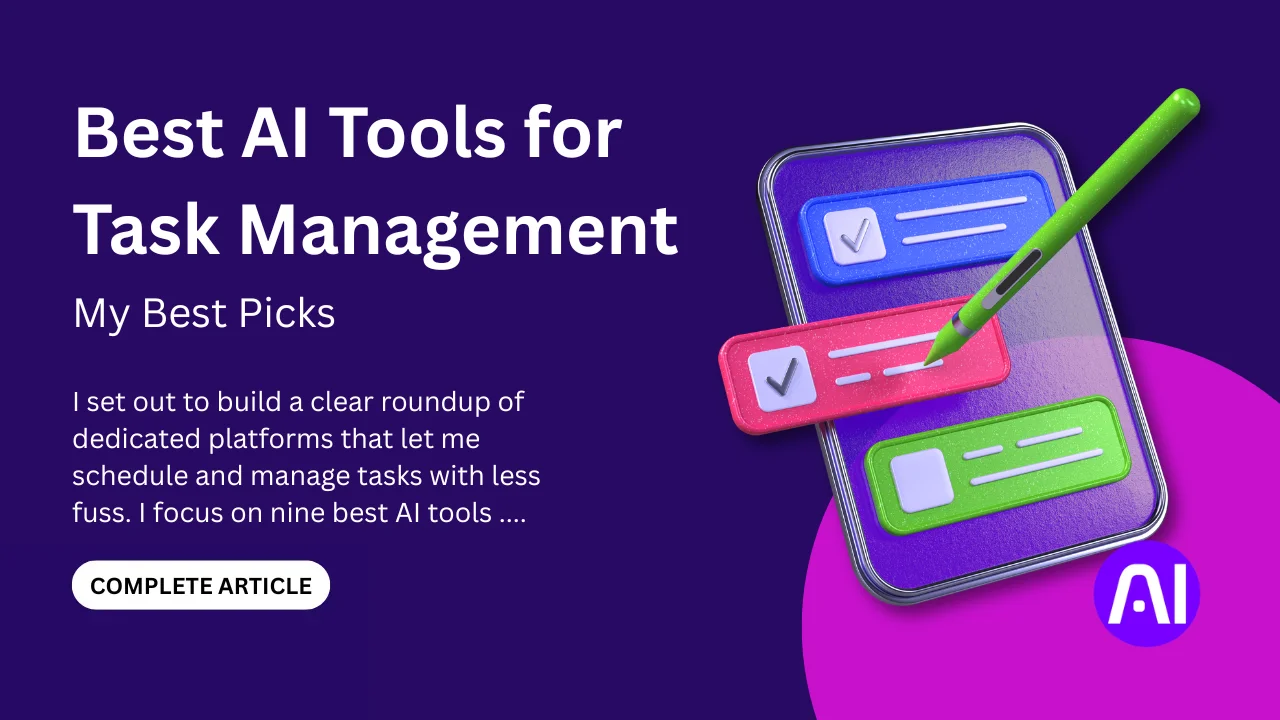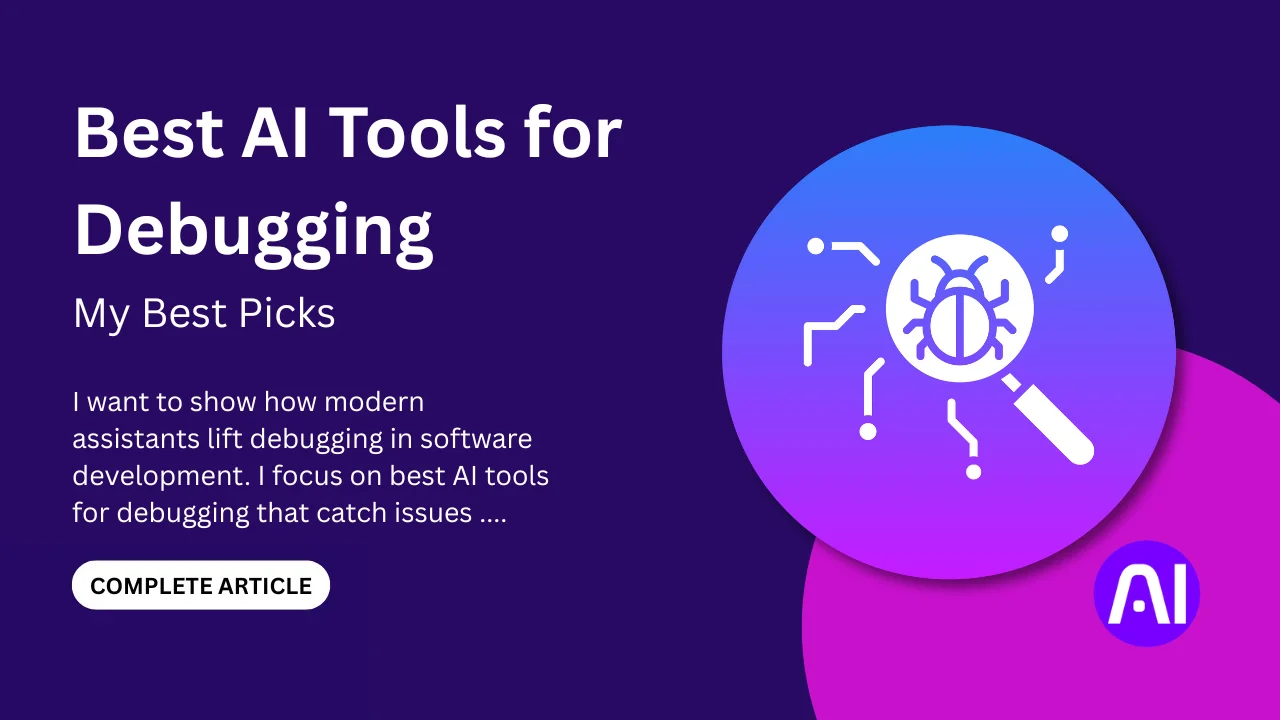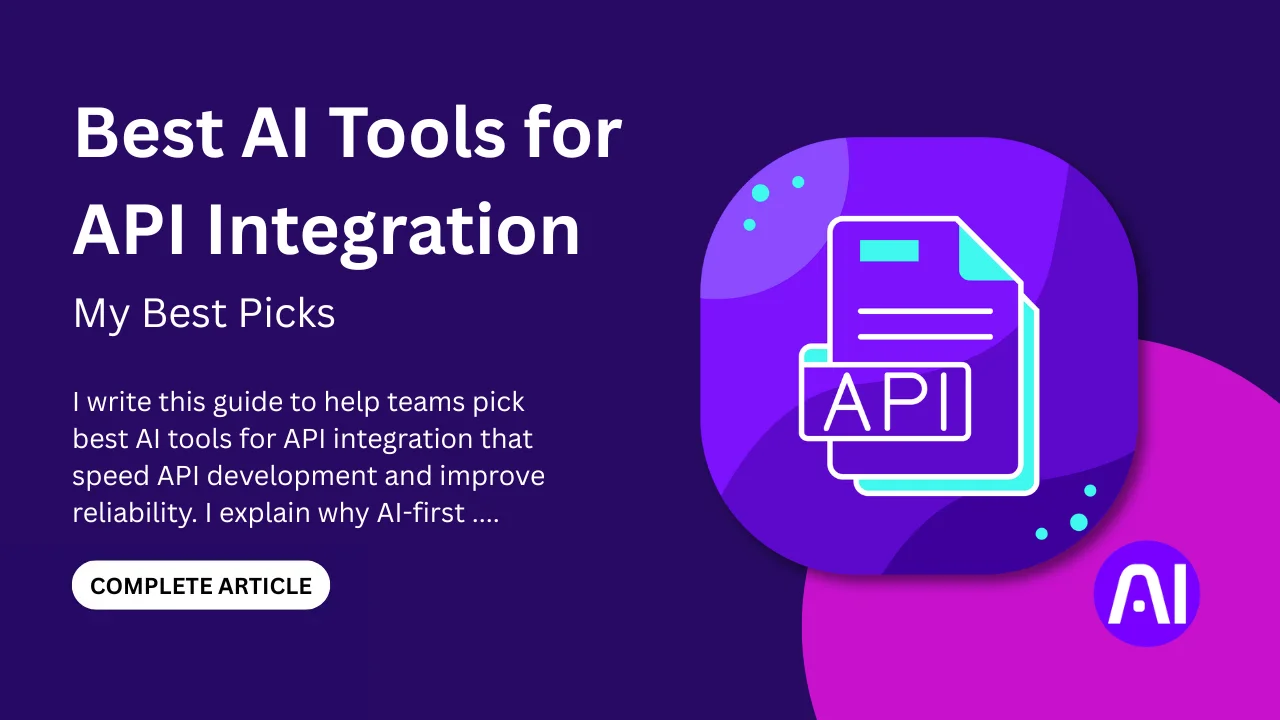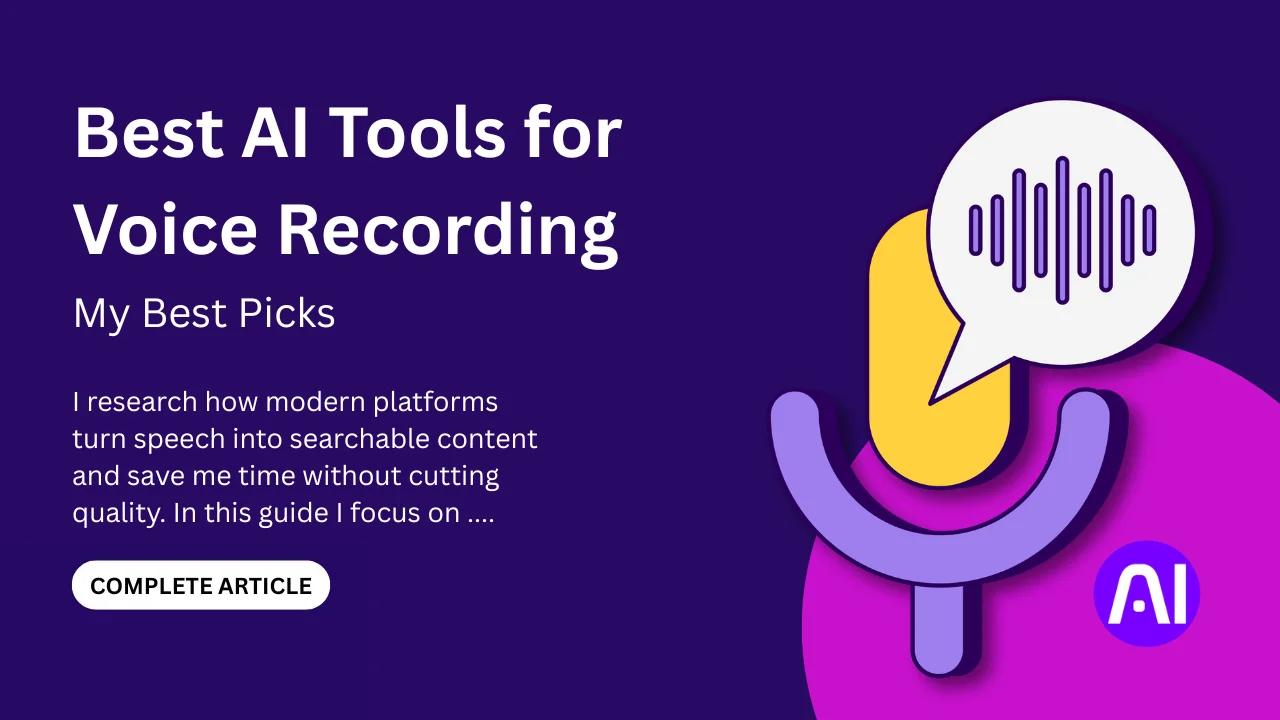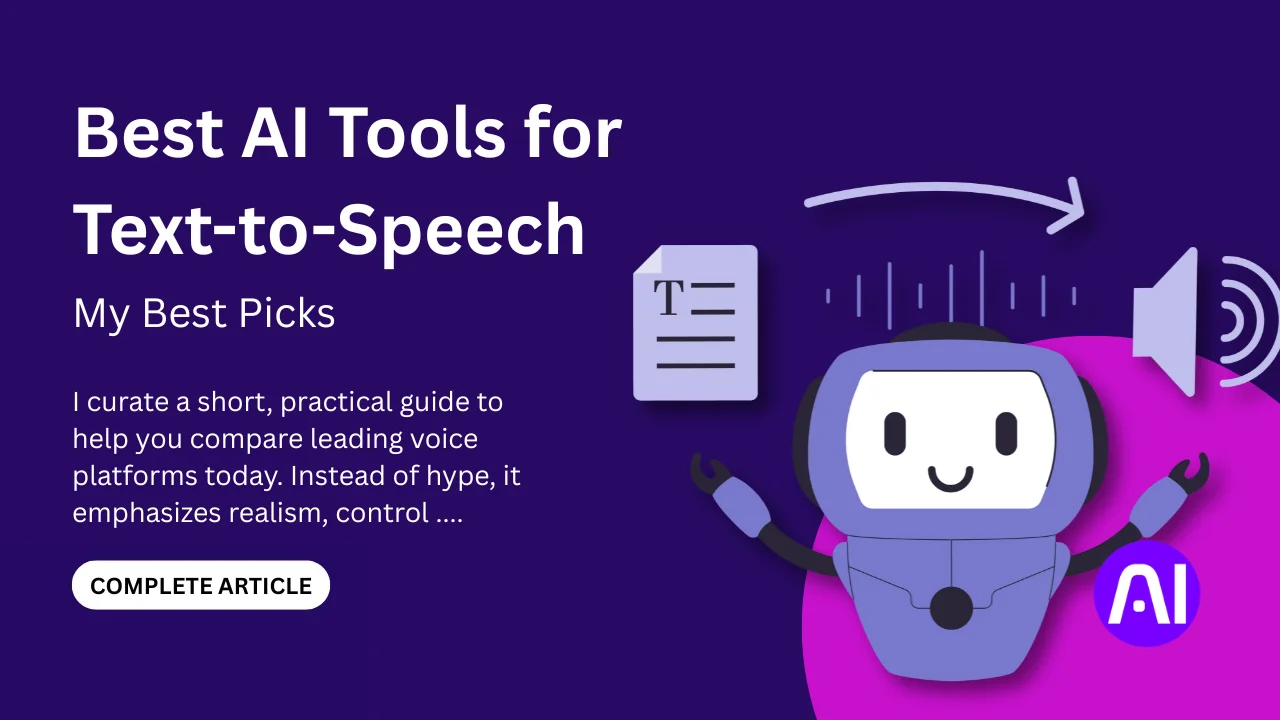The AI world is changing fast. OpenAI’s new model, GPT-4o, is replacing GPT-4 as the default in ChatGPT by April 30, 2025. But what does that mean for you? Should you stay with GPT-4 or switch to GPT-4o?
This GPT-4o vs GPT-4 comparison explains what’s new, what’s improved, and what really matters. You’ll learn about speed, cost, and new features like image and voice understanding. This is part of a bigger OpenAI comparison that shows how language model improvements are changing the way we use AI.
GPT-4o is faster, smarter, and can handle more types of tasks than GPT-4. But is it the right choice for your needs? That depends.
Whether you are a developer, a writer, or someone who enjoys using AI tools, this guide will help. We will look at GPT-4o enhancements, GPT-4 performance, and the real differences in how these models work. No hard words, just simple and clear information to help you make the best choice.
What Is GPT-4?
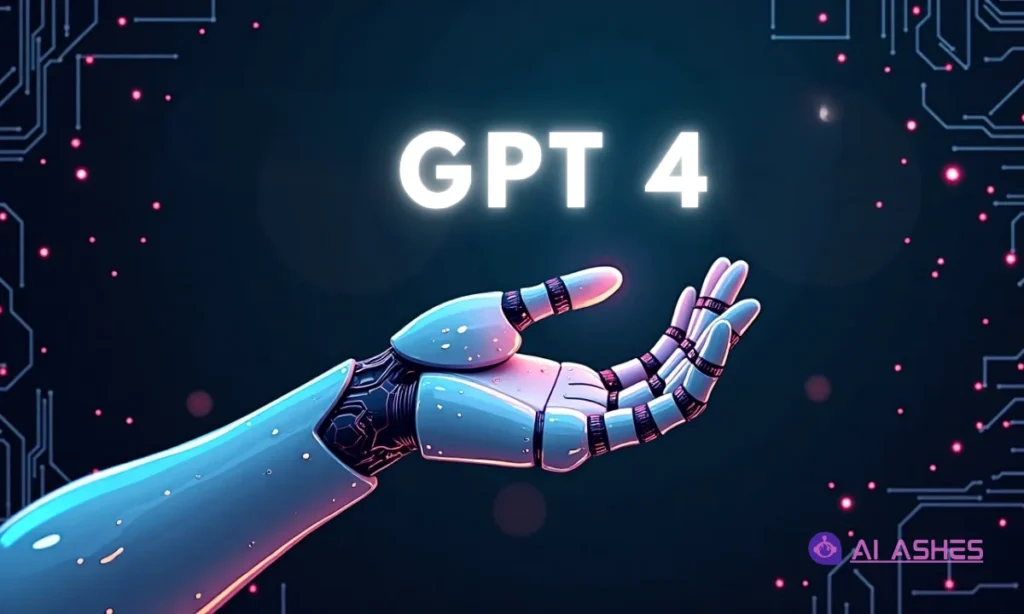
GPT‑4, introduced in March 2023, marked a major leap in language model capabilities. It was smarter, faster, and more accurate than older models like GPT‑3.5. OpenAI built it to handle complex reasoning, creative writing, and tough problem-solving tasks.
This model became popular for coding, answering tricky questions, and analyzing data. Developers loved it for writing and debugging software. Writers used it for brainstorming ideas. Businesses relied on it for customer support and research.
In tests, it scored high in logic, math, and understanding context. Its GPT‑4 performance set new benchmark scores for reasoning and accuracy. It could read long documents and give detailed answers. But it had some limits. It worked best with text and had trouble with images and voice.
GPT-4 set high standards for AI performance. It scored well in benchmarks for accuracy and speed. But now, GPT-4o is here with upgrades. To understand how much better it is, we first need to know GPT-4’s strengths. That way, the GPT-4 and GPT-4o comparison makes sense.
Want to learn more? Check OpenAI’s official GPT‑4 technical blog here.
What Is GPT‑4o? The “Omni” Upgrade
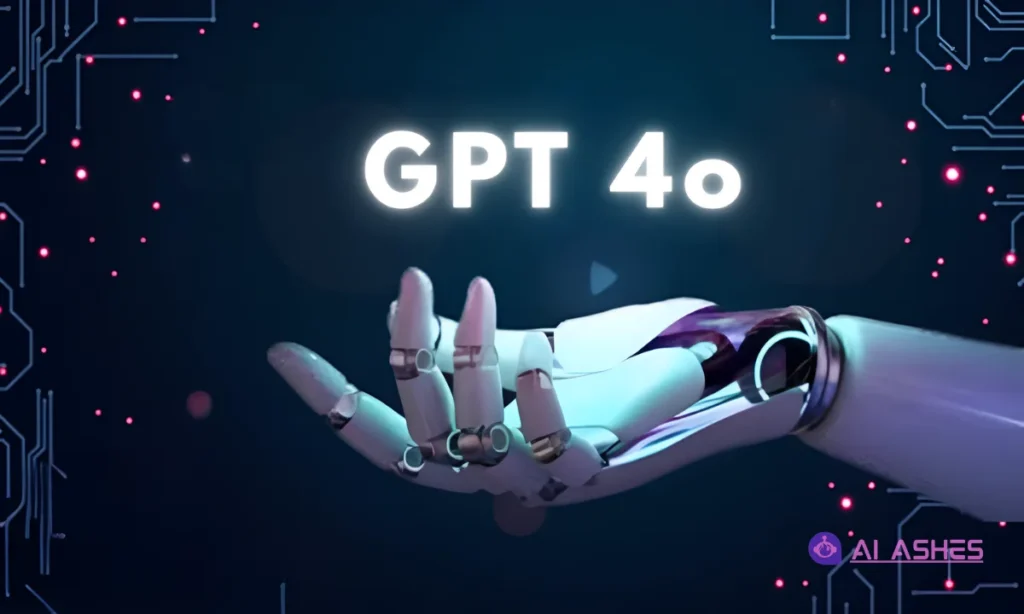
GPT‑4o is OpenAI’s newest multimodal model, announced in May 2024 with impressive upgrades. So, what’s new in GPT‑4o compared to GPT‑4? The answer lies in its design. Alongside major GPT‑4o enhancements, it works with text, images, audio, and video, all in one model. This makes it much more flexible for real-world tasks.
One major improvement is its 128K context window, meaning it can remember much longer conversations. It also introduces a smooth voice mode for natural back-and-forth chats. Plus, its image generation and understanding got smarter.
According to OpenAI’s release blog, GPT‑4o multimodal abilities let it handle tasks like translating live speech, analyzing screenshots, or even describing videos. It’s faster and more efficient than GPT‑4, making it ideal for developers and everyday users alike.
With these language model improvements, GPT‑4o isn’t just an update, it’s a leap forward.
For more real-world insights, check out our deep dive comparison of O1 Mini vs GPT‑4o.
Performance Benchmarks: Speed & Accuracy
When comparing GPT-4o vs GPT-4, speed and accuracy really stand out. GPT-4o enhancements include faster replies and better understanding. It even doubles the token generation speed compared to GPT-4 Turbo. That means quicker answers when you’re coding, writing, or asking tough questions.
A performance deep-dive from Vellum.ai shows GPT‑4o scoring 88.7 on the MMLU benchmark, surpassing GPT‑4’s 86.5 (source). This benchmark tests how well language models know and understand facts. GPT‑4 performance was already strong, but GPT‑4o takes it a step further. That small boost makes a big difference in real-life use. GPT-4o answers tricky questions better and makes fewer mistakes.
Developers on Reddit and tech forums notice the upgrade. Many say GPT-4o feels smoother for coding and creative tasks. One user shared, “GPT-4o explains code faster and catches errors GPT-4 missed.” Others praise its ability to keep up with long, detailed conversations thanks to its 128K context window.
But raw numbers don’t tell the whole story. In everyday use, GPT-4o enhancements include:
- Faster replies (near-instant for simple queries)
- Better memory (remembers more of your chat history)
- Sharper reasoning (connects ideas more logically)
GPT-4 is still powerful, especially for text-only tasks. Yet, GPT-4o’s performance in multimodal tasks (like reading images or processing audio) gives it a clear edge.
For those debating the GPT-4 and GPT-4o comparison, speed and accuracy are two big reasons to upgrade. Next, let’s look at real-world use cases where each model shines.
Multimodal Capabilities: Why They Matter
The biggest leap in the GPT-4o vs GPT-4 comparison is how they handle different types of data. Let’s break it down simply.
GPT-4 could work with images, but only through a special multimodal endpoint. It wasn’t built into the main model. This made it slower and less natural when processing pictures or documents.
GPT-4o changes everything. It understands audio, images, and video natively, no extra steps needed. Key upgrades include:
- Live voice conversations that feel human-like (no robotic delays)
- Image analysis (describe photos, solve math problems from diagrams)
- Video understanding (summarize clips, answer questions about content)
This OpenAI comparison shows GPT-4o isn’t just smarter, it’s more flexible. Teachers can snap a worksheet photo for instant explanations. Developers can debug code from screenshots. Podcasters get real-time audio translations.
While GPT-4 focused on text, GPT-4o enhancements make it feel like a true AI assistant.
To learn how multimodal layers work under the hood, check our AI Aggregates guide.
Cost & Efficiency: How Much You’ll Save
When looking at GPT-4o vs GPT-4, the price difference is shocking. OpenAI slashed costs while making the model faster and smarter. Here’s the breakdown:
- GPT-4 API pricing: ~$30 per million input tokens, $60 per million output tokens
- GPT-4o API pricing: Just $5 per million input tokens, $15 per million output tokens
- GPT-4o mini: An even cheaper option at $0.15/$0.60 (perfect for simple tasks)
That means GPT-4o costs about 80% less than GPT-4 for the same work. For developers running lots of API calls, this is game-changing. A project that cost $1,000 with GPT-4 might now cost just $200 with GPT-4o.
But savings go beyond just token prices. Thanks to language model improvements, GPT-4o uses fewer computing resources. You get:
- Lower CPU/GPU usage (reduces server costs)
- Reduced latency (faster responses mean happier users)
- Better throughput (handles more requests simultaneously)
Real-world tests show GPT-4o completes tasks in half the time of GPT-4 while using less power. This AI cost effectiveness makes it ideal for startups and big companies alike.
The GPT-4 and GPT-4o comparison proves newer isn’t just better, it’s cheaper. Whether you’re a solo developer or a tech giant, these savings add up fast. Next, we’ll help you decide which model fits your specific needs.
Which Model Should You Choose? GPT-4 vs GPT-4o Compared
When GPT-4 Still Wins:
Despite GPT-4o’s upgrades, GPT-4 remains better for some tasks. It shines in intricate reasoning and nuanced instruction-following. If you need deep analysis of complex topics, GPT-4 sometimes provides more thoughtful, detailed answers. Lawyers, researchers, and writers working with highly specialized content may still prefer it.
Where GPT-4o Excels:
GPT-4o is the clear choice for real-time apps and multimodal tasks. Its speed and ability to handle images, audio, and video make it perfect for:
- Customer service bots that need fast responses
- Apps analyzing photos or screenshots
- Voice assistants that sound natural
It also handles high-volume interactions better due to lower costs and faster processing. Startups and businesses running lots of API calls will save money without losing quality.
Making the Choice:
Think about your needs. If you work mostly with text and need deep, careful answers, GPT-4 might still be your best pick. But if you want faster, cheaper responses or work with multiple data types, GPT-4o is the way to go.
This model use-case comparison shows neither is perfect for everything. Your project’s needs should guide your choice.
If you build apps with these models, our Master NLP best practices guide will help you clean and prepare text data.
Comparison Table: Quick Differentiator
| Feature | GPT‑4 | GPT‑4o |
| Release Date | Mar 2023 | May 2024 |
| Context Window | ~8K tokens | 128K tokens |
| Modalities | Text + limited image | Text, Image, Audio, Video |
| API Cost | $30/$60 per million tokens | $2.50/$10; mini: $0.15/$0.60 |
| Speed | Baseline | ~2× faster |
| MMLU Score | ~86.5 | ~88.7 |
Migration & Future Outlook
OpenAI is making big changes. While GPT-4 is being retired from ChatGPT’s interface, it will stay available through the API. This shift pushes users toward GPT-4o, but what does this mean for you?
First, developers need to plan their migration strategy. If you’re using GPT-4 today, you can still access it via API, but future updates will focus on newer models. Testing GPT-4o enhancements now helps avoid surprises later.
Looking ahead, OpenAI is already working on next-gen models like GPT-4.5 (codenamed “Orion”) and GPT-4.1. The “o-series” (o1, o3, etc.) suggests more specialized versions of GPT-4o are coming. This OpenAI model roadmap shows rapid evolution in AI capabilities.
For developers, this means:
- Testing both GPT-4 and GPT-4o performance in your apps
- Preparing for future integration of newer models
- Deciding whether to stick with GPT-4’s stability or switch to GPT-4o’s features
The GPT-4o vs GPT-4 choice isn’t just about today. It’s about preparing for tomorrow’s AI landscape. As models improve, staying updated ensures you get the best results.
This GPT-4 and GPT-4o comparison helps you understand where things stand now. But the real question is: where will OpenAI take us next? Keep testing, stay flexible, and watch for updates.
Curious about the next-gen AI landscape? Discover new tools like Lunchbreak AI in our emerging AI tools post.
Case Studies: How Real Users Picked Between GPT-4o and GPT-4
Sometimes, the best way to decide between two AI models is to see how others made their choice. Below are two real-world examples of users from Europe and the U.S. who found the model that worked best for them.
Case Study 1: Faster Results for a Busy App Developer
User: Thomas L., Mobile App Developer (Germany)
Challenge: Thomas builds mobile apps and needs quick replies from AI to help with code and debugging. He used GPT‑4 for months but noticed it slowed down during long sessions.
Solution: After testing GPT‑4o, he noticed faster responses and better memory in long chats. GPT‑4o also helped with screenshots, which he used for app design feedback.
Takeaway: For tech pros who want speed, memory, and image understanding, GPT‑4o offers better tools for the job.
Case Study 2: Research Writer Needing Deeper Answers
User: Olivia R., Health Journalist (USA)
Challenge: Olivia writes long articles and needs an AI that can explain medical studies clearly. She tried GPT‑4o but felt it gave quicker, shorter answers that sometimes lacked depth.
Solution: She returned to GPT‑4 for its deeper, more thoughtful responses. GPT‑4 helped her break down complex topics like clinical trials and patient data.
Takeaway: For writers and researchers who focus on accuracy and deep thinking, GPT‑4 may still be the better pick.
Final Thoughts: Making the Right Choice
The GPT-4o vs GPT-4 debate comes down to your specific needs. GPT-4o leads in cost savings, faster responses, and handling multiple data types like images and voice. For most users building modern apps, it’s the smarter pick today.
However, GPT-4 still holds value for specialized tasks requiring deep analysis and nuanced reasoning. Researchers and professionals working with complex text may find it slightly better for now.
When deciding, consider three things: what your project requires, your budget, and how easily you can integrate new models. This AI model decision guide shows there’s no universal best choice, only what works best for you.
As we look toward choosing LLMs in 2025, OpenAI’s rapid improvements mean today’s runner-up could be tomorrow’s star. The key is staying flexible and testing new options as they arrive.
Want to stay ahead in AI? Follow AI Ashes Blog for the latest on machine learning, data science, and groundbreaking AI research. We break down complex topics into simple, actionable insights you can actually use.
FAQs
Q1: What is the key difference in a GPT-4o vs GPT-4 comparison?
GPT-4o is the newest OpenAI comparison model that keeps GPT-4’s strong thinking skills but adds faster speed, lower cost, and can handle images, audio, and video all in one language model improvement.
Q2: Is GPT-4o faster than GPT-4?
Yes. GPT-4o is about twice as fast as GPT-4 Turbo and much quicker than GPT-4. This speed boost is one of the biggest GPT-4o enhancements, making it great for fast replies.
Q3: How does GPT-4o improve cost and performance?
GPT-4o costs much less, you pay around 1/5 of GPT-4’s cost per token and it processes more quickly. When you balance cost and speed, its AI cost effectiveness is hard to beat.
Q4: What’s new in GPT‑4o compared to GPT‑4’s abilities?
GPT‑4o brings a 128K context window, meaning it remembers much longer chats, and adds native image, audio, and video understanding, all part of its language model improvements.
Q5: Does GPT‑4 still outperform GPT‑4o in some tasks?
Sometimes. For deep math, logic, or careful reasoning, GPT‑4 performance can be clearer and more detailed. In those cases, GPT‑4 may still be a better choice.
Q6: Can GPT‑4o translate speech and images?
Yes. GPT‑4o can translate live speech, explain photos, and describe video content, all built into the model, making it a powerful tool in OpenAI comparison tasks.
Q7: What should I use: GPT‑4 or GPT‑4o?
If you do mostly text work and need deep answers, GPT‑4 is still strong. But if you want speed, lower cost, or work with images and voice, go with GPT‑4o. That’s the heart of any GPT‑4 and GPT‑4o comparison.

